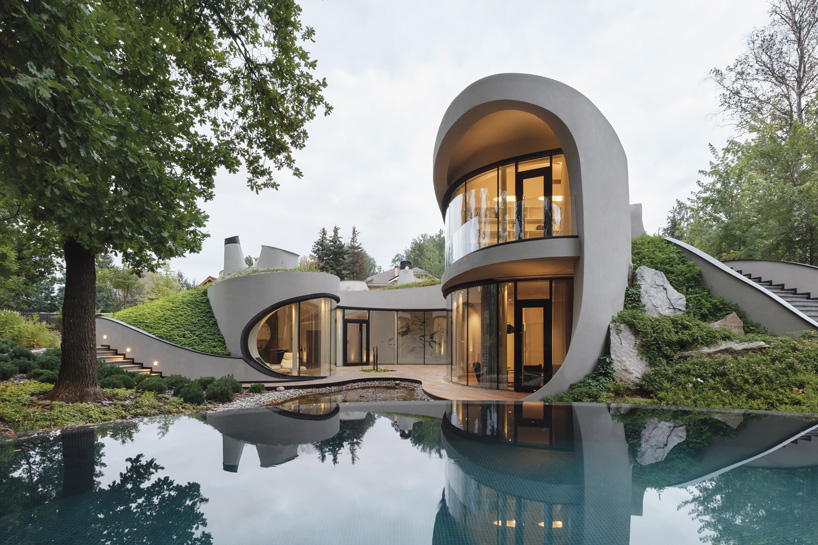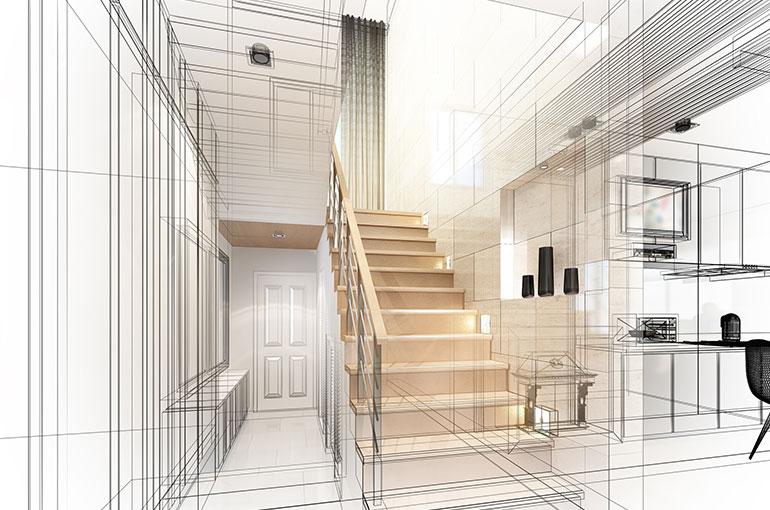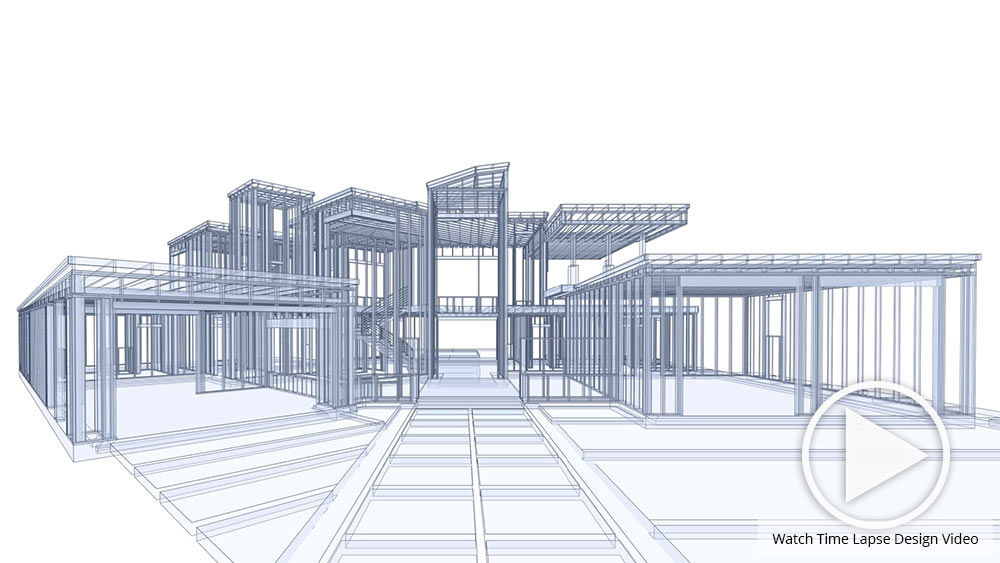Elevate Your Structure Layout with the Expertise of CDA Architects
Elevate Your Structure Layout with the Expertise of CDA Architects
Blog Article
A Comprehensive Summary of Architectural Styles and Their Influence on Modern City Planning and Growth
Building designs have long offered as a mirror to the social values and technical improvements of their time, playing an important role in forming contemporary city planning and growth. From the splendour of Neoclassicism to the utilitarian technique of Brutalism, each style has actually introduced unique principles that influence city appearances and performance.
Historic Review of Architectural Styles

As societies transitioned via the Center Ages, Gothic design emerged, identified by its verticality and complex outlining, mirroring the spiritual desires of the age. The Renaissance marked a rebirth of classic suitables, combining art and style in ingenious ways that affected subsequent designs across Europe.

Today, building styles remain to advance, driven by globalization and sustainability issues, mirroring a vibrant interplay between heritage and technology. This historical introduction emphasizes the significance of style as a mirror of societal development and as a stimulant for urban development.
Secret Architectural Styles Explained
The variety of building designs reflects the myriad influences that shape our developed setting, each personifying distinct qualities and cultural relevances. Trick building designs consist of Timeless, Gothic, Baroque, Innovation, and Postmodernism, each standing for unique historical contexts and aesthetic viewpoints.
Classical architecture, rooted in ancient Greece and Rome, highlights balance, proportion, and the use of columns (cda architects). In comparison, Gothic design, growing in the center Ages, is identified by sharp arcs, ribbed vaults, and flying buttresses, producing an aerial top quality in sanctuaries. Baroque design, arising in the 17th century, is marked by splendour, fancy ornamentation, and a dynamic interplay of light and darkness
Innovation, which got momentum in the early 20th century, prioritizes feature over kind, using new materials like steel and glass to create minimal frameworks. Postmodernism, reacting against the austerity of Innovation, accepts eclecticism and historical reference, often incorporating spirited aspects and irony.

Influence On Urban Preparation
In forming the advancement of cities, building styles considerably influence metropolitan preparation choices. The option of building design usually determines the visual appeals, performance, and total personality of city settings.
Furthermore, building designs can influence zoning regulations and land utilize policies. Urban coordinators need to think about the prevailing architectural trends when designing districts, guaranteeing that new developments harmonize with existing structures. This factor to consider cultivates natural metropolitan landscapes and boosts neighborhood identity.
The implementation of specific building designs can likewise influence socioeconomic elements within a city. High-end modern designs might draw in affluent locals and organizations, leading to gentrification, while extra inexpensive real estate solutions may focus on useful and sustainable layouts to accommodate diverse click site populaces. cda architects. Ultimately, the interaction between architectural styles and urban preparation creates vibrant cities that reflect both historical context and modern requirements, forming the lived experiences of their occupants
Sustainability and Modern Architecture
Architectural designs play a critical duty in dealing with modern challenges, specifically in the realm of sustainability. As metropolitan locations broaden and ecological concerns increase, modern design significantly accepts lasting layout principles that focus on power efficiency, resource preservation, and marginal ecological effect.
Contemporary building movements, such as biophilic layout and environment-friendly architecture, advocate for structures that integrate with their environments, utilizing natural products and advertising biodiversity. These designs frequently integrate renewable resource sources, such as solar panels and wind turbines, to minimize dependence on nonrenewable fuel sources and reduced carbon footprints.
Furthermore, the combination of innovative modern technologies, such as clever building systems, enhances energy management, enhancing resource usage while making sure owner convenience. Cutting-edge water monitoring strategies, including rainwater harvesting and greywater recycling, my company further contribute to sustainable urban environments.
Significantly, sustainability prolongs past ecological problems; it incorporates social and financial dimensions. By promoting community well-being and promoting inclusivity, modern-day building designs line up with sustainable development objectives. The evolution of building techniques proceeds to shape resistant cities that not just satisfy the demands of the present yet also guard the future for generations to come.
Neighborhood Engagement in Style
Community involvement in layout works as a critical bridge between architects and the populations they offer, guaranteeing that the built environment shows the needs and desires of its individuals. This collaborative procedure invites area members to add their insights and preferences, fostering a feeling of ownership and duty toward the rooms they populate.
Effective area engagement employs different methods, such as workshops, studies, and public discussion forums, to gather varied perspectives. These techniques facilitate a two-way discussion, permitting designers to understand local contexts while encouraging locals to articulate their concerns and wishes. This inclusivity not just enhances the style quality but also advertises social equity by addressing the distinct difficulties discover this info here faced by marginalized teams.
In addition, area engagement can cause ingenious remedies that could not emerge in a traditional style procedure. By integrating local understanding and social worths, architects can create areas that resonate even more deeply with customers, boosting usability and sustainability. Ultimately, prioritizing neighborhood interaction in layout procedures causes settings that nurture social interactions, support well-being, and strengthen community ties, thus playing an essential function in forming modern-day city landscapes.
Verdict
Building designs have actually greatly affected contemporary city planning and advancement, reflecting progressing social and technical contexts. The assimilation of historic aesthetics with modern needs promotes metropolitan environments that focus on sustainability and neighborhood involvement. As cities remain to expand and adjust, the continuous discussion in between building heritage and modern-day style concepts will certainly stay vital in producing inclusive, vibrant rooms that improve quality of life and promote social equity. The future of metropolitan development rest on this unified balance.
Report this page